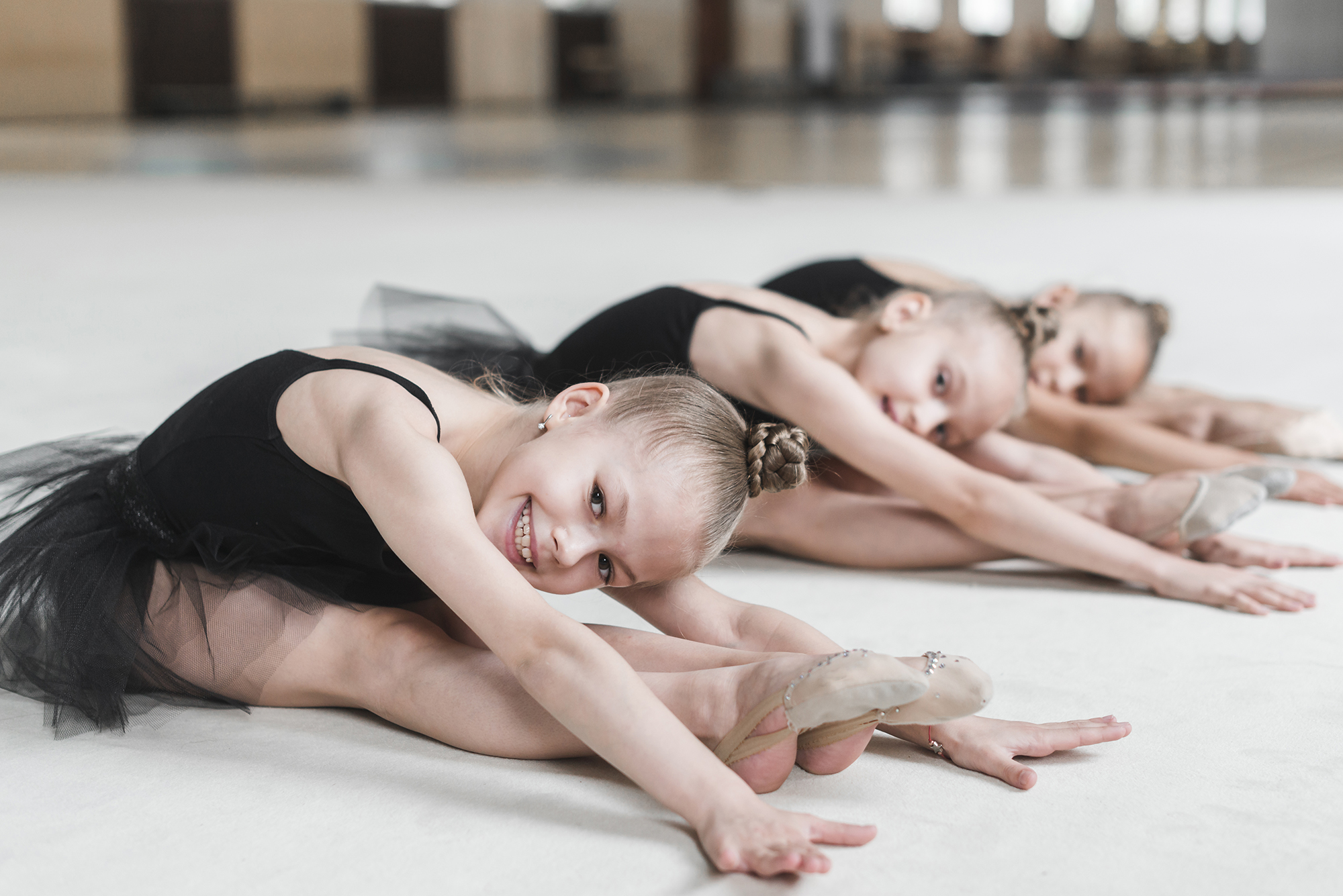
The Magic of Movement: The Holistic Journey of Dance Education and Development in Children
Children by nature love to move, jump and keep rhythm. Little bodies that shake instinctively when the music starts actually find the purest way to express themselves. Dance training received during childhood transforms this natural tendency into a disciplined, aesthetic and versatile development tool. Dance is not only a performing art, but also a holistic activity that supports children's physical, mental, emotional and social development. 🤸♀️ Physical Development: Flexibility, Coordination and Balance Dance is an enjoyable form of exercise that maximizes a child's physical potential. Motor Skills and Coordination: Dance quickly develops children's gross and fine motor skills. The need to synchronize leg, arm and trunk movements while following a choreography incredibly strengthens hand-eye-foot coordination. This skill is reflected in every field, from sports to movements in daily life. Flexibility and Muscle Strength: Particularly genres such as ballet, modern dance and gymnastics strengthen the muscles and increase the range of motion of the joints. Regular stretching makes the child more flexible, which helps reduce the risk of possible injuries in the future. Posture and Body Awareness: Dance requires learning the correct alignment and balance of the body. Children gain a strong and upright posture by correcting their posture while dancing. This increased body awareness also supports self-confidence. Healthy Cardiovascular System: Since dance is an aerobic activity, it keeps children active, increases their endurance and contributes to the development of a healthy cardiovascular system. 💡 Cognitive Development: Memory, Focus and Problem Solving Like piano, dance engages multiple areas of the brain simultaneously, but in a purely physical context. Memory Capacity: Remembering dance choreographies, movement sequences and sequences requires actively using short and long-term memory. Matching the learned steps with music supports multi-sensory learning. Focus and Discipline: Listening to the instructions given in dance classes, following the rhythm and trying to implement complex movements require a high level of concentration. This disciplined environment extends children's attention span and gives them the habit of task-oriented work. Spatial Intelligence and Problem Solving: While dancing, children must constantly calculate their own position and range of motion to avoid colliding with others on stage or in the studio. This improves their spatial intelligence and spontaneous problem-solving abilities. ❤️ Emotional and Social Development: Self-Expression and Empathy One of the most powerful benefits of dance is that it nurtures children's emotional and social intelligence. Emotional Expression: Dance offers children the opportunity to express their emotions through body language, without words. Even shy children can open up more easily through dance. Choreographies that deal with different emotional themes help children explore their emotional worlds. Self-confidence and self-esteem: Performing a move successfully, taking part in a performance and receiving applause from the audience increases the child's self-confidence. The ability to use one's body freely reinforces self-esteem. Social Skills and Teamwork: Dance classes are a natural socialization environment. Children learn to move in harmony, listen to each other, wait and cooperate in group choreographies. This experience instills in them vital social skills such as respect, tolerance and team spirit. Creativity and Imagination: Creative dance and improvisation exercises unleash children's imaginations. They are encouraged to invent new movements in harmony with the music, which develops their artistic thinking and creativity abilities. ⏳ When to Start Dancing? Just like the piano, there is no strict age limit to start dancing, but the child's developmental level is decisive. 3-5 Years (Play and Rhythm Period): "Creative Dance" or "Pre-Ballet Preparation" classes are ideal for this age group. The aim is to gain a sense of rhythm, basic movements and body awareness through game-based activities rather than disciplined technique. 6-9 Years (Technical Entry Period): This period, when children's focus time increases and they can follow instructions better, is suitable for starting more technical dance types such as ballet, modern dance or rhythmic gymnastics. Remember: For children who do not aim to become professional dancers,The important criterion is that the child is willing and curious. The main purpose of dance is to add movement, happiness and development to the child's life. Result: A Dancing Child, A More Balanced Individual Dance training does not just mean learning elegant movements. When children dance, they gain a better understanding of their bodies, emotions, and the world around them. The discipline, coordination and self-confidence they gain make them more successful, balanced and happy individuals in all areas of life, from school desks to social environments. Let your child get carried away by the rhythm of the music. By taking her to a dance studio, you give her the gift of a lifetime of art and development.